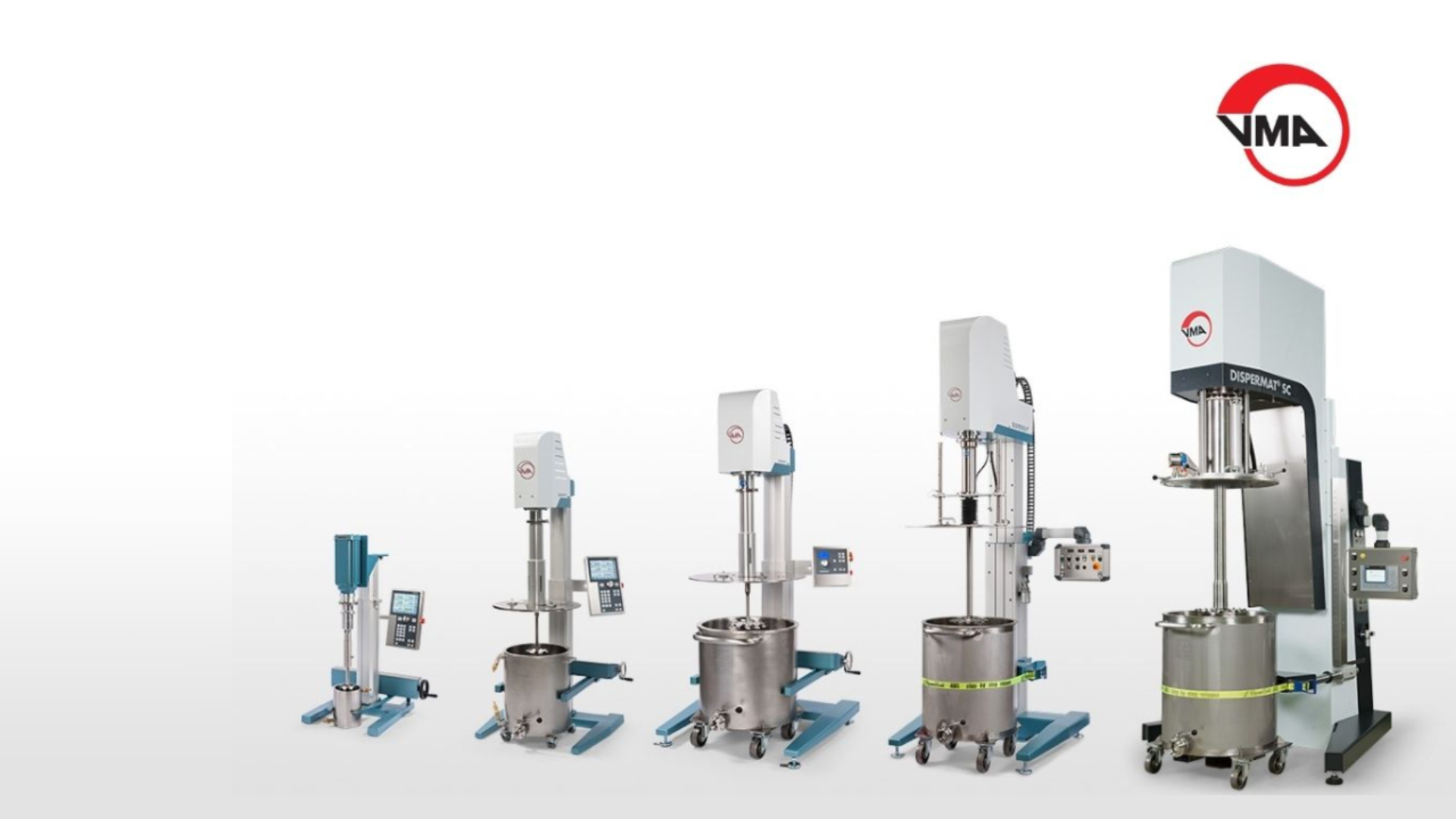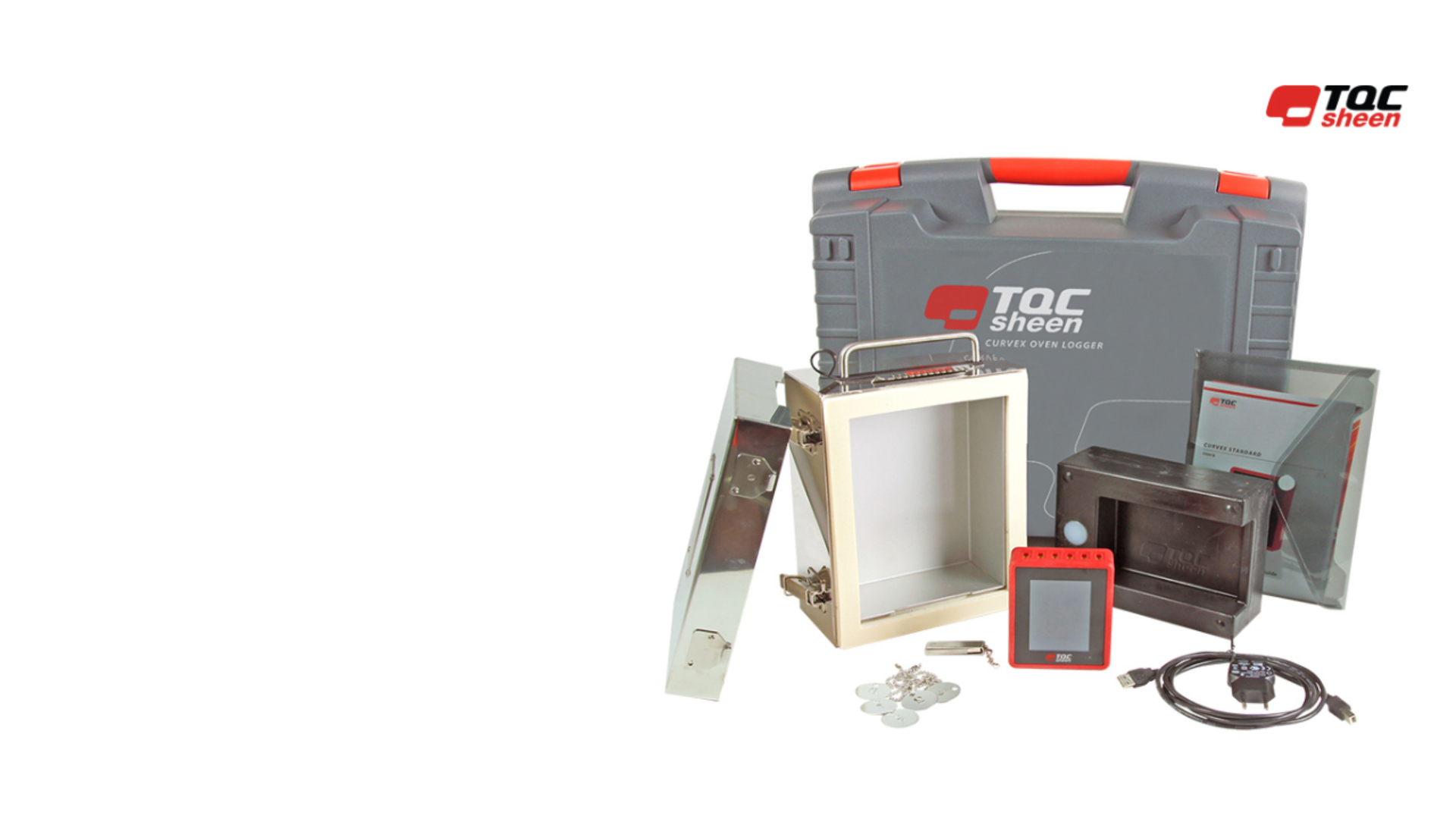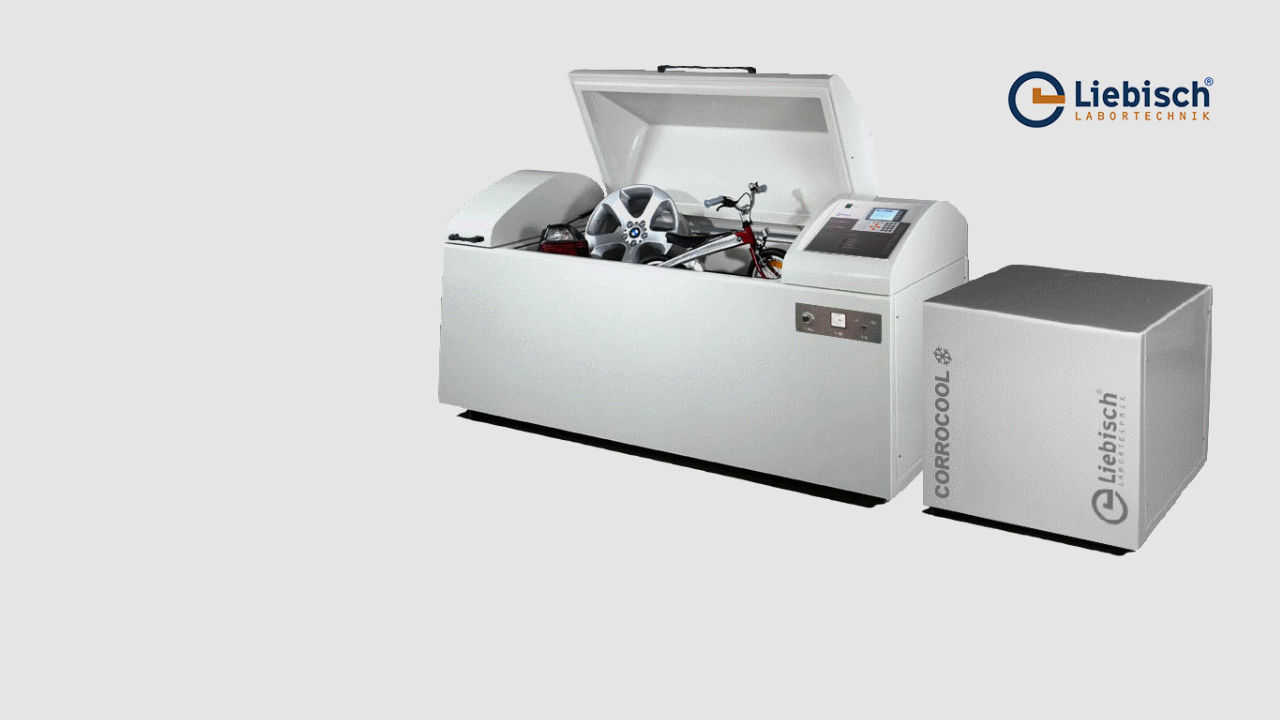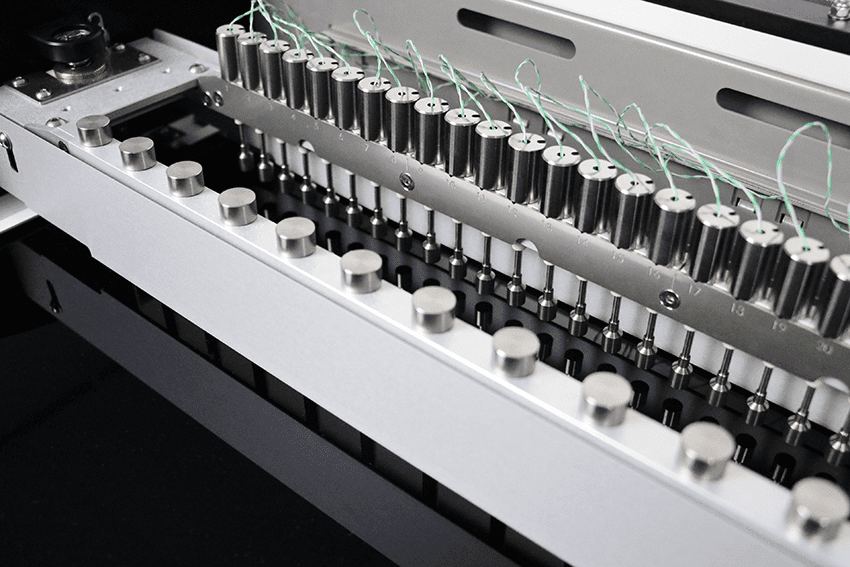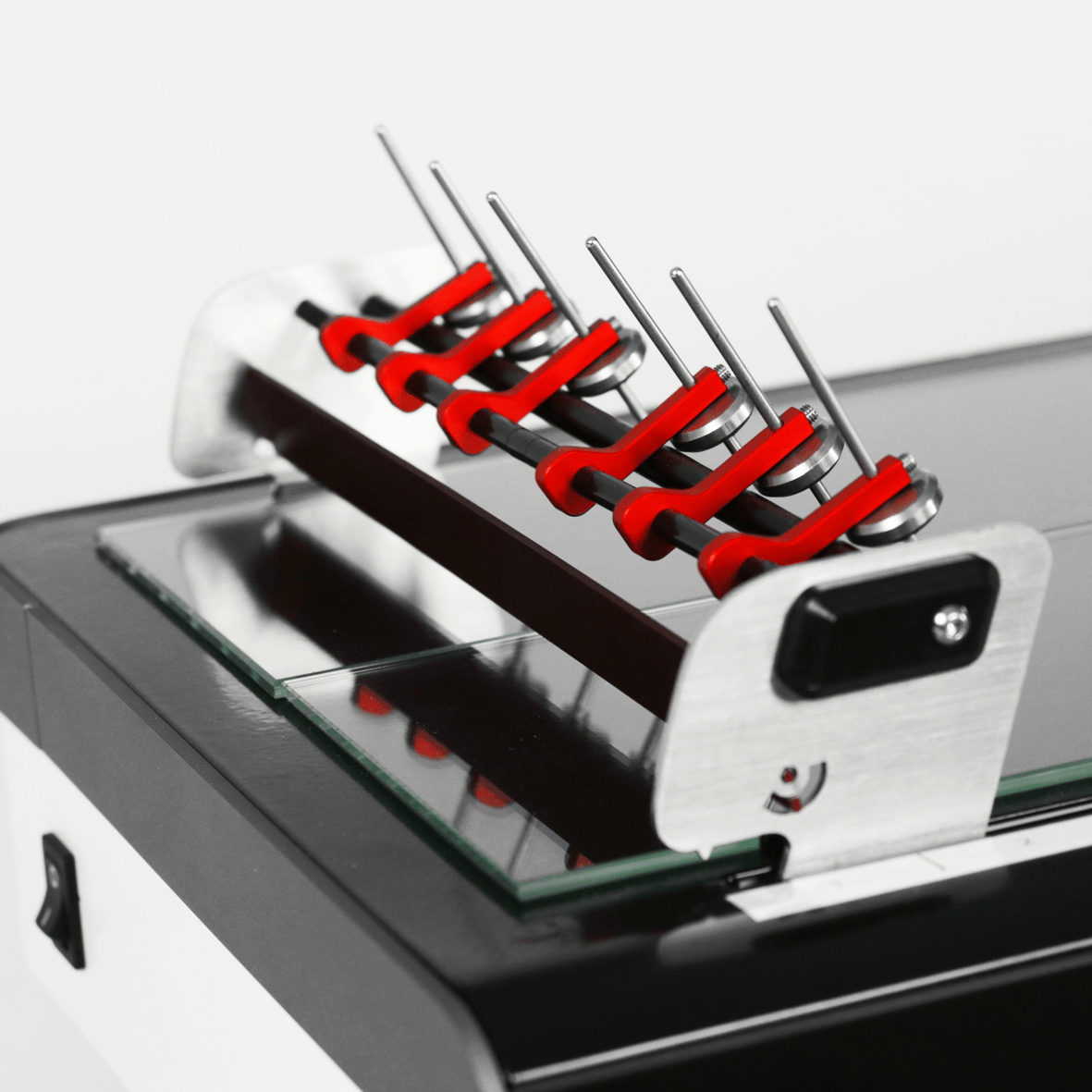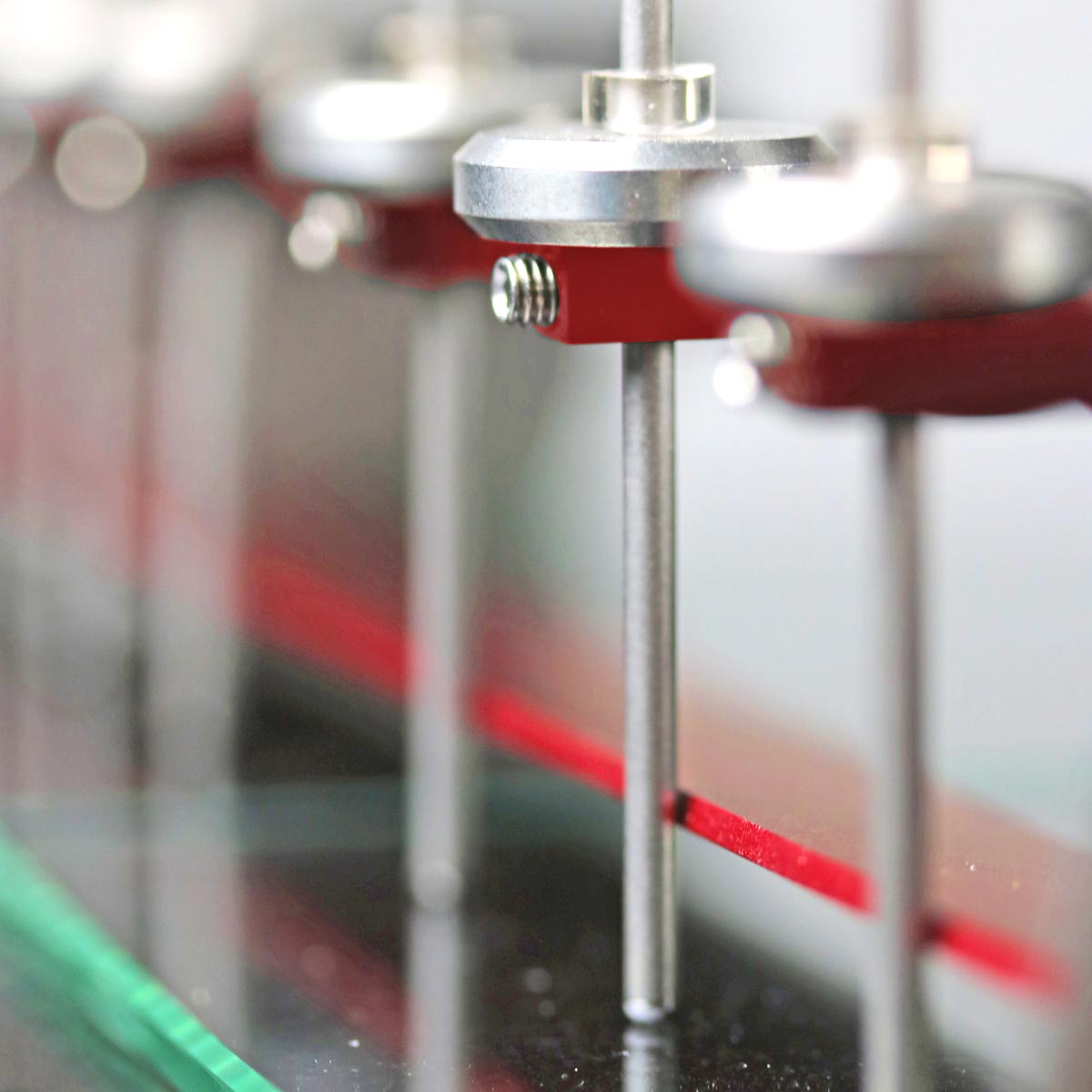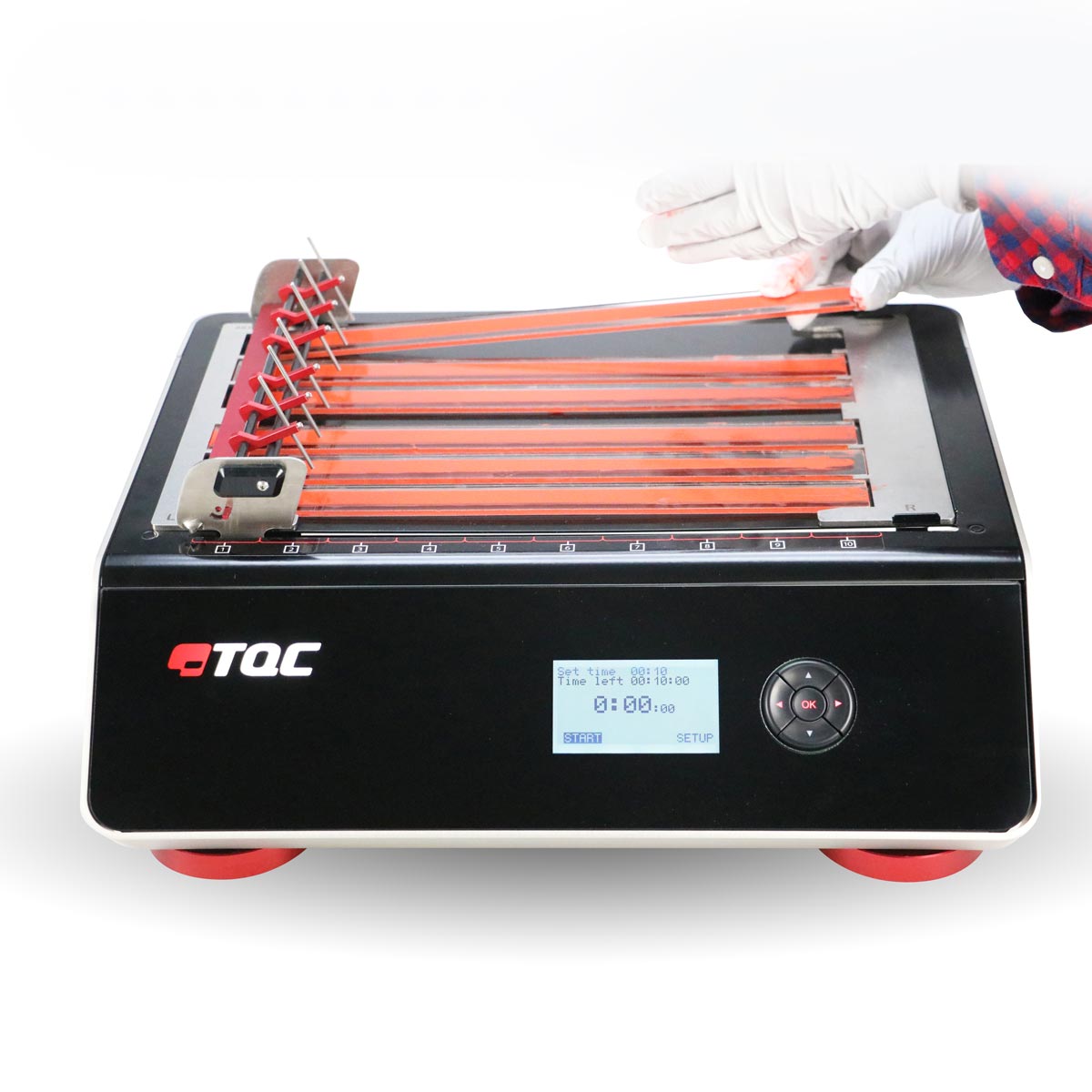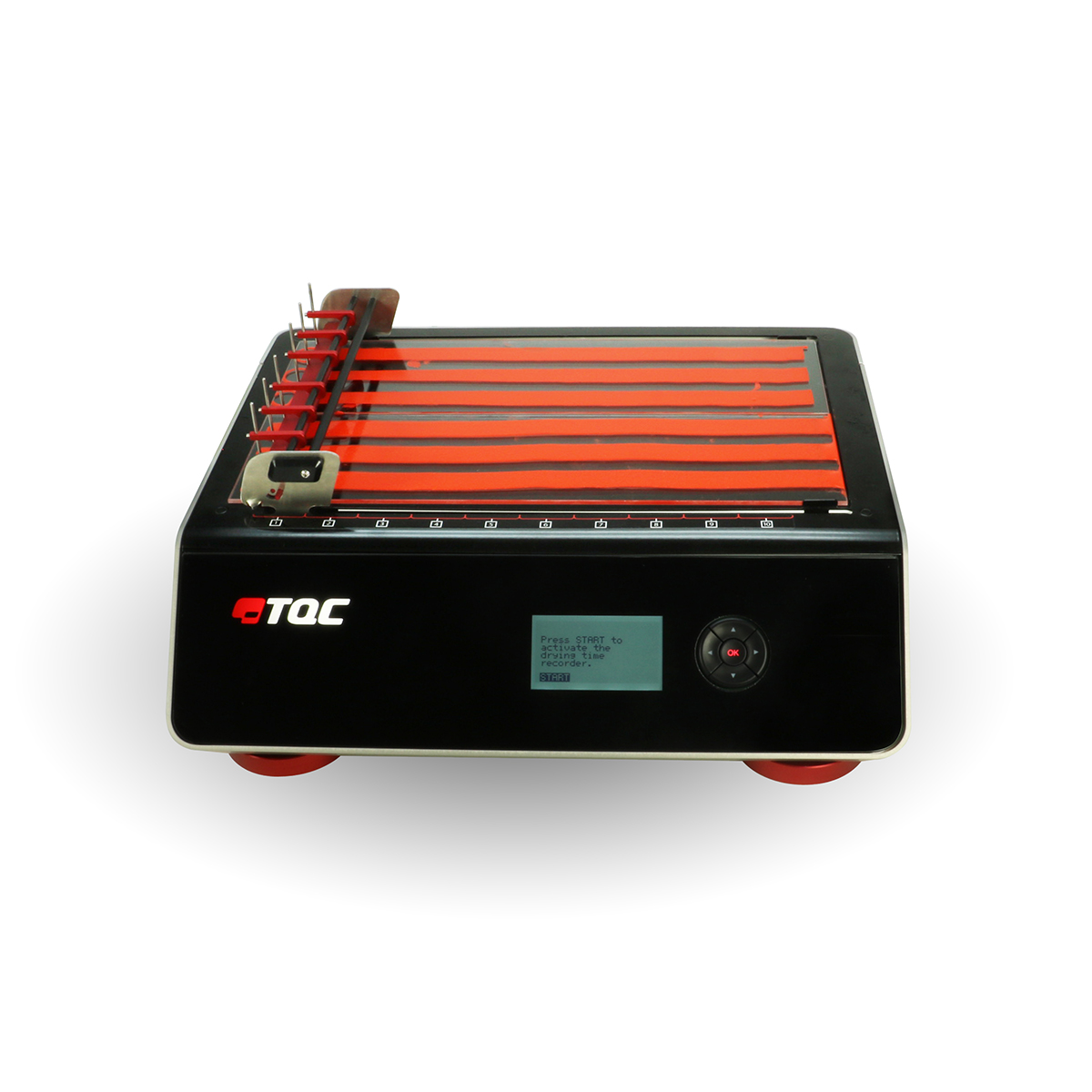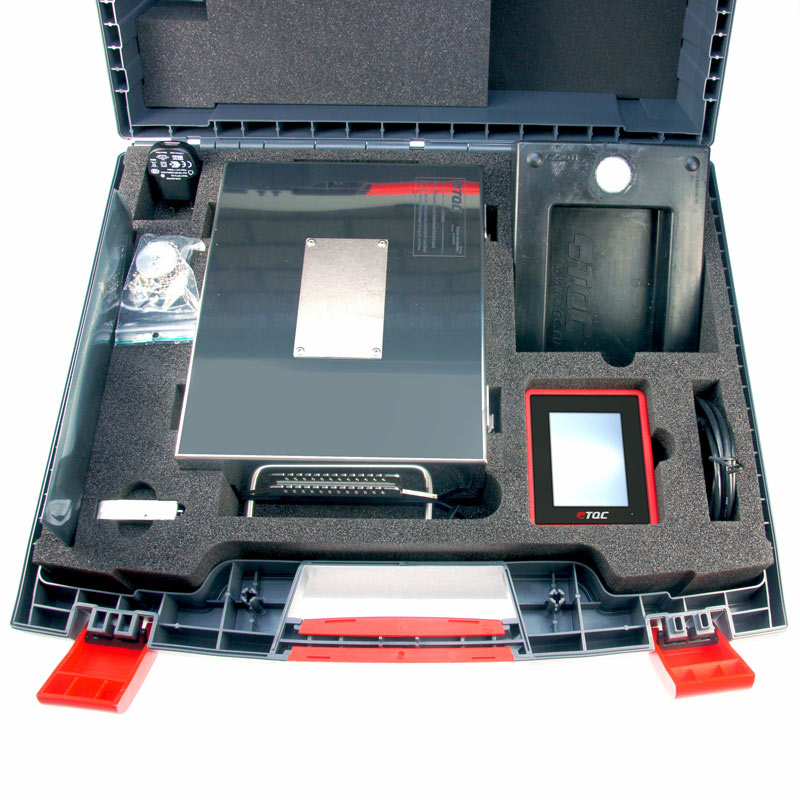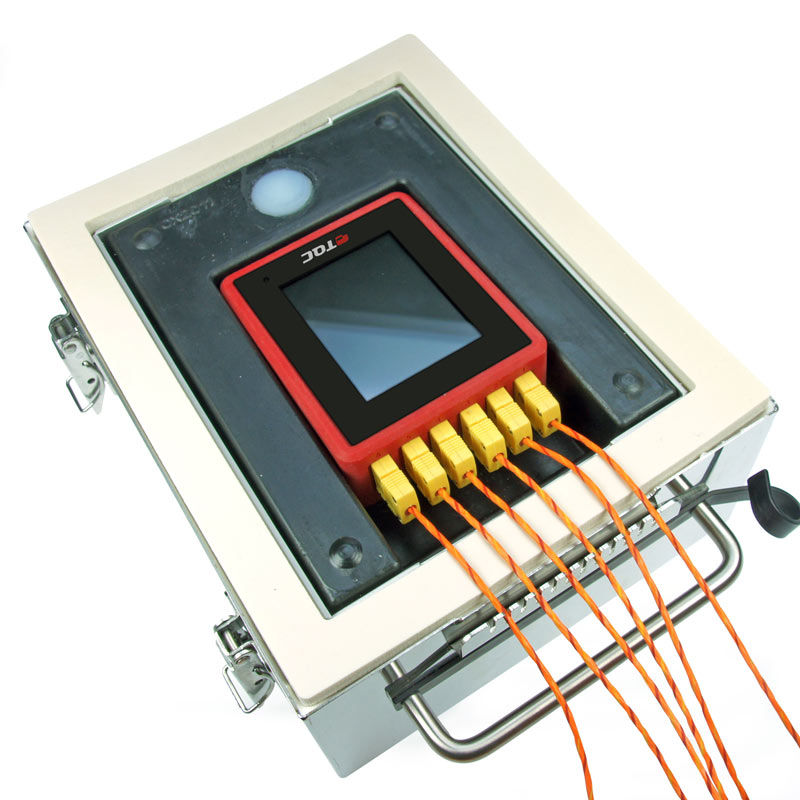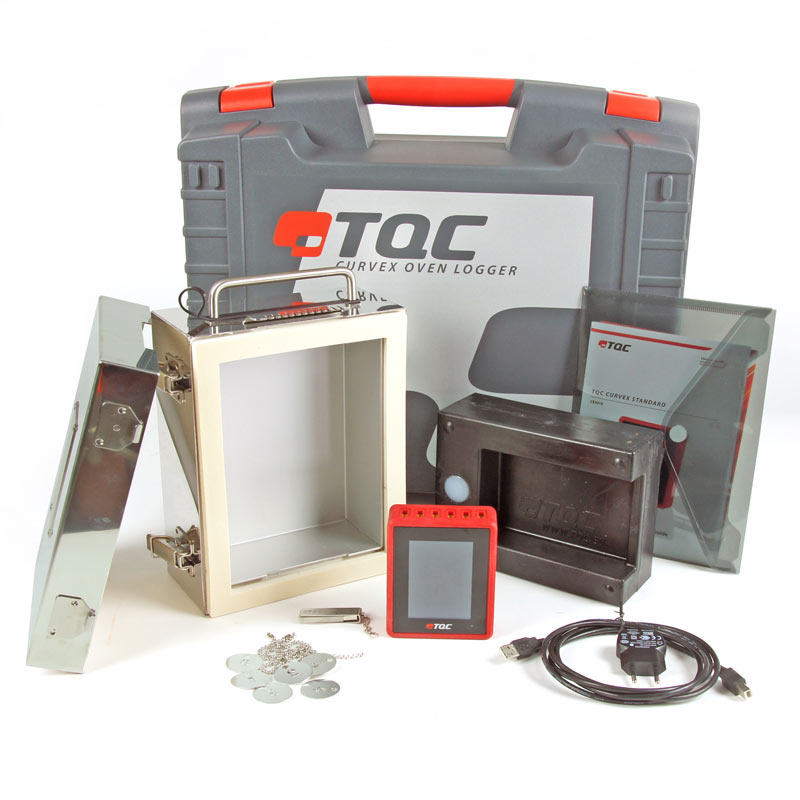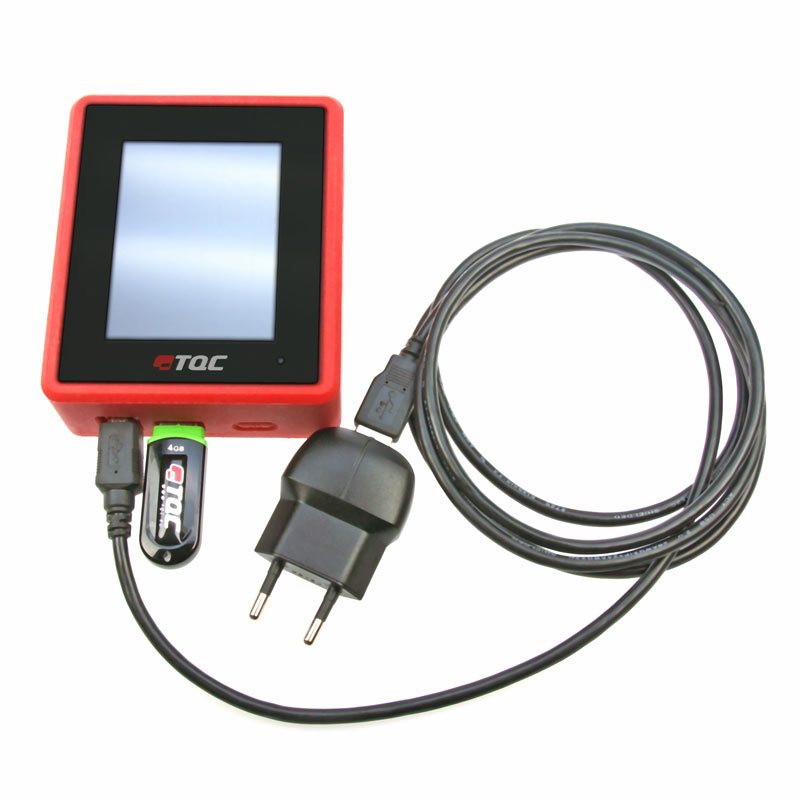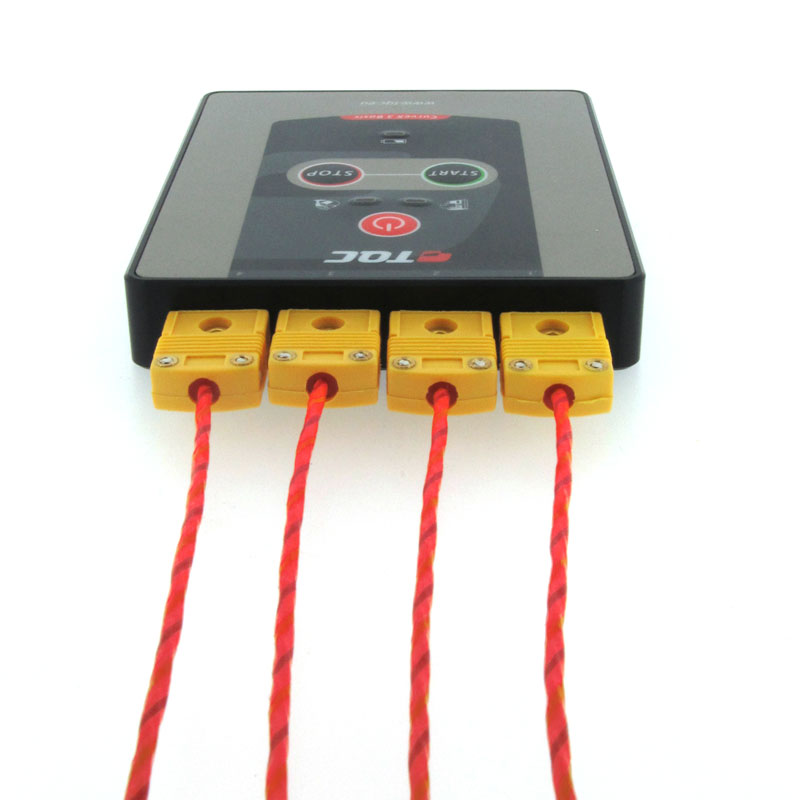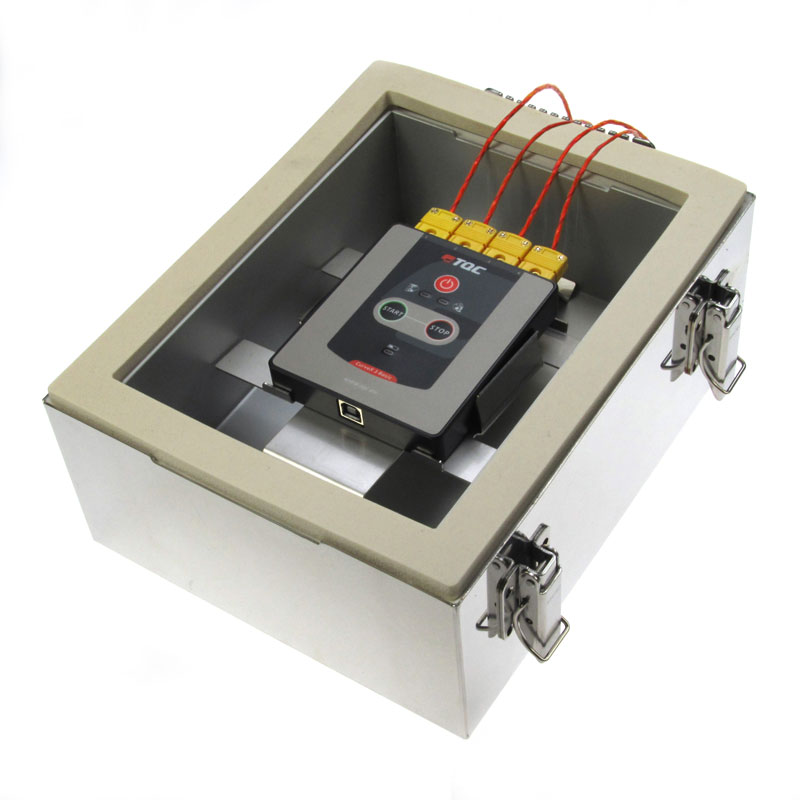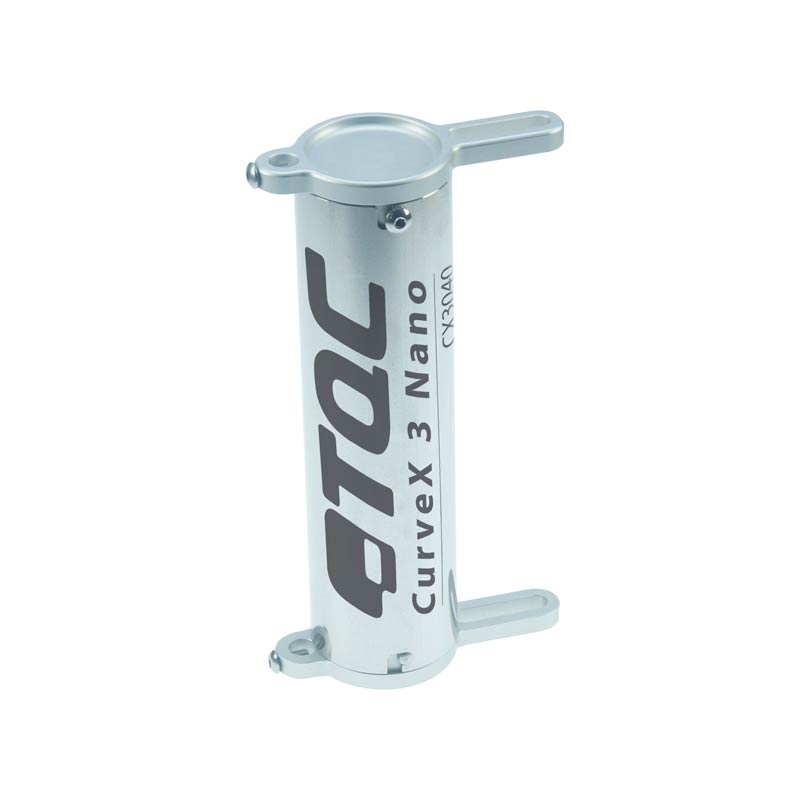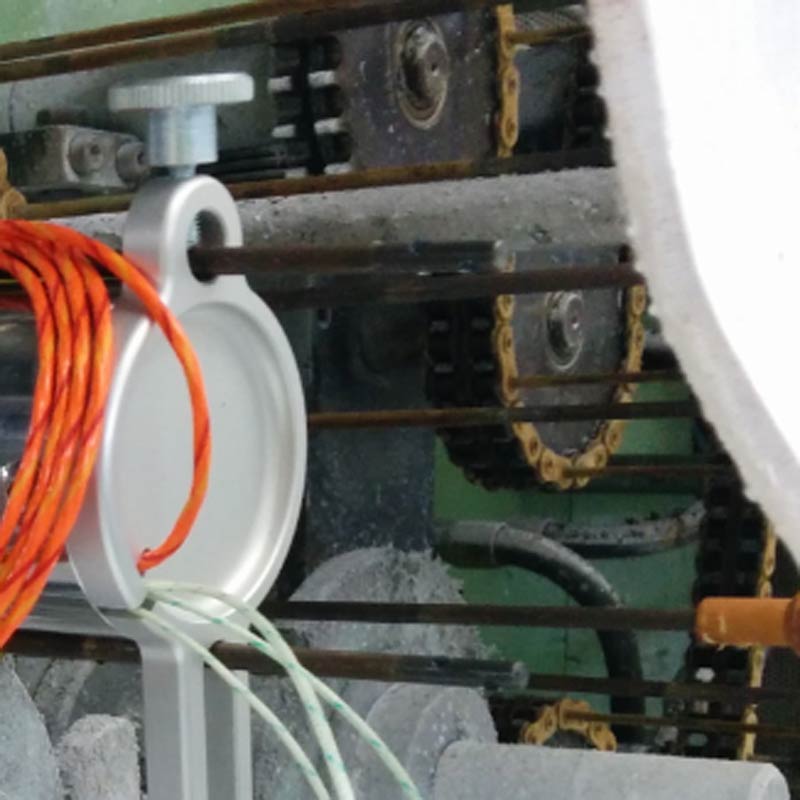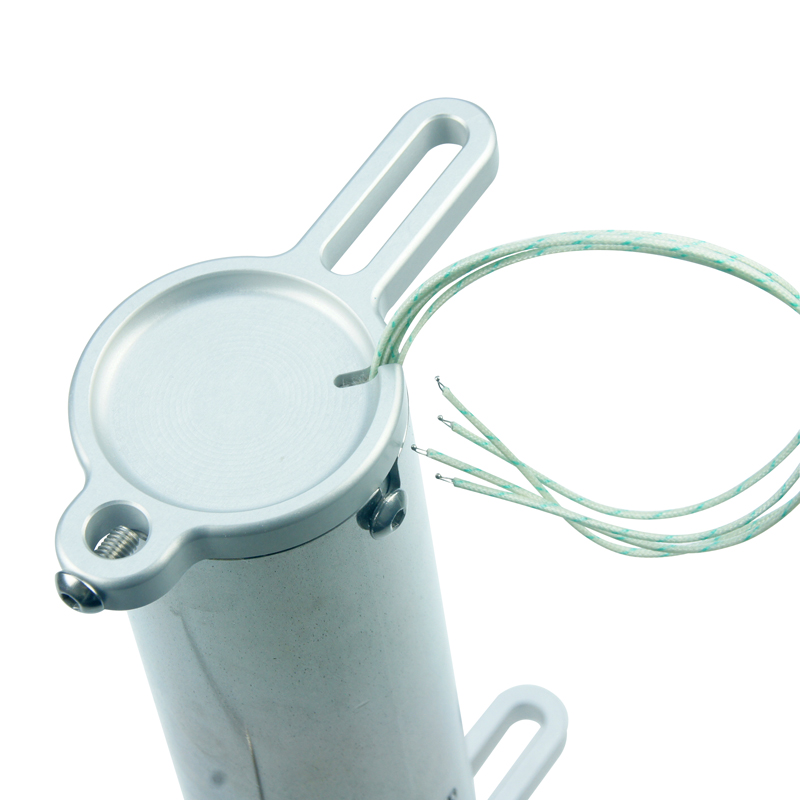- Home
- About Us
- Principals
- Products
- Raw Materials
- Water Based Alkyd Resins
- WorléeSol E 150 W
- WorléeSol E 280 W
- WorléeSol E 330 W
- WorléeSol E 530 W
- WorléeSol E 927 W
- WorléeSol SE 420 W
- WorléeSol NW 410
- WorléeSol NW 474
- WorléeSol 07 A
- WorléeSol 30
- WorléeSol 31 A
- WorléeSol 31 C
- WorléeSol 37 C
- WorléeSol 61 A, E, F, P
- WorléeSol 64 E
- WorléeSol 65 A, E
- WorléeSol 68 A
- WorléeSol 84 C
- WorléeSol 85 A
- Solvent Based Alkyd Resins
- WorléeKyd AC 2550, AC 2551
- WorléeKyd LH 3702
- WorléeKyd MH 439
- WorléeKyd S 3001
- WorléeKyd SM 400
- WorléeKyd B 845
- WorléeKyd BS 830
- WorléeKyd BSA 5015
- WorléeKyd B 6301
- WorléeKyd B 865 nv
- WorléeKyd B 868
- WorléeKyd L 7904
- WorléeKyd P 151
- WorléeKyd S 365 mv
- WorléeKyd SD 7003
- WorléeKyd B 865 U nv
- WorléeKyd S 6003
- WorléeKyd SD 6403
- WorléeKyd V 5241 U
- WorléeKyd C 641
- WorléeKyd C 743 hs
- WorléeKyd SH 380
- Acrylic Resins
- WorléeCryl A 1220
- WorléeCryl A 2210
- WorléeCryl A 2218
- WorléeCryl A 2335
- WorléeCryl A 2445
- WorléeCryl A 2230 W
- WorléeCryl A 2241 W
- WorléeCryl L 1870
- WorléeCryl L 2380
- WorléeCryl L 2822
- WorléeCryl 7120
- WorléeCryl 7135
- WorléeCryl 7158
- WorléeCryl 7189
- WorléeCryl 7450
- WorléeCryl 7461
- WorléeCryl 7463
- WorléeCryl 7712 H
- WorléeCryl 7712 W
- WorléeCryl 7123
- Zinpol 132
- Zinpol 146
- WorléeCryl 8222
- WorléeCryl 8290
- WorléeCryl 8273
- WorléeCryl 8043
- Thixotrophic Resins
- Epoxy Esters
- Polyester Resins
- Maleic and Fenolic Modified Rosin Esters
- Wet Paint Additives
- WorléeAdd 100
- WorléeAdd 101
- WorléeAdd 311
- WorléeAdd 315
- WorléeAdd 327
- WorléeAdd 340
- WorléeAdd 351
- WorléeAdd 352
- WorléeAdd 356
- WorléeAdd 361
- WorléeAdd 410 N
- WorléeAdd 458
- WorléeAdd 486
- WorléeAdd 700
- WorléeAdd 720
- WorléeAdd 2000
- WorléeAdd 2030
- Resiflow FL 2
- Resiflow FM 4
- Resiflow W 52
- Resiflow W 5200
- WorléeProtect 1528
- WorléeAdd 6226
- WorléeAdd 685
- WorléeAdd 603
- WorléeAdd 6235
- WorléeAdd VP 6236
- Special Adhesion Primers
- Powder Coating Additives
- Functional Pigments
- Special Raw Materials
- Water Based Alkyd Resins
- Dispersion
- Laboratory and Pilot Plant
- Production
- Accessories
- Corrosion
- Appearance
- Film Application
- Manual Film Applicators
- Baker Type 4-Sided Film Applicators
- Prismatic Type 4-Sided Film Applicator
- Quadruplex Film Applicator
- Dual Reservoir 4-Sided Film Applicator
- Octoplex Film Applicator
- Single Gap Bird Type Film Applicator
- Triple Reservoir Film Applicator
- Sagging & Levelling Applicator
- Application Beds
- Adjustable Film Applicator
- Cube Applicator
- TQC Automatic Film Applicator
- TQC Automatic Film Applicator -Compact
- K-Hand Coater / K-Bar
- K-Control Coater K101/202
- K-Lox Anilox Roller
- Esiproof - Anilox Roller
- K-Printing Proofer - KPP Gravure / Flexo
- K303 MultiCoater
- Paste Ink Proofer
- Flexiproof 100
- GP100 (High speed gravure unit)
- Rotary Coater
- VCM-Versatile Converting Machine
- Automatic Panel Sprayer (4500N, 4700N)
- Manual Film Applicators
- Viscosity
- Film Thickness
- Adhesion
- Hardness, Elasticity & Impact Resistance
- Rub & Scrub Resistance
- Surface Preparation
- General Laboratory Equipments
- Test Charts and Standard Panels
- Curing and Drying
- Other Instruments
- Raw Materials
- Contact
TQC-Sheen CureView Gradient Oven
The CureView Gradient Oven is a flexible oven that allows the user to heat up test panels on a glass bed to a variety of temperature profiles.
The CureView Gradient Oven is a flexible oven that allows the user to heat up test panels on a glass bed to a variety of temperature profiles, varying from ambient +5˚C to 350˚C / ambient +41˚F to 662˚F. Elevated temperatures are instantly generated by 32 spectral filtered IR halogen heaters, which can be controlled individually and allow the setting of any form of temperature gradient, varying from a parabolic shaped gradient, an ascending or descending slope or a number of temperature blocks. The CureView Gradient Oven allows importing of gradient profiles, measured by the TQC CurveX oven logger system in order to simulate the production process on laboratory scale.
Features
- Easy to use Start/Stop operation
- Buzzer acoustic feedback
- Provided with emergency stop
- Gradient Oven Control software setup and TQC IDeal Finish analysis of data
- Automated test panel transport which allows the chemical resistance test
- Pre and post panel cooling
- 32 individually controlled Quartz IR heaters
- CurveX oven logger data import
- Test panel visible during test
Order Id
Description
AB8000
CureView Gradient Oven 230/110 VAC
Drying Time Recorder
The new TQC Drying Time Recorder is a fully digitally controlled machine that operates conform the BK (Beck Koller) method
The TQC Drying Time Recorder is a fully digitally controlled machine to define the different stages in the drying process of paints and coatings. The TQC Drying Time Recorder operates conform the BK (Beck Koller) method. Defining the final result or checking intermediate stages is very easy by means of the clear digital display and the intuitive interface. The compact machine meets ASTM D5895, ISO 9117-4 and DIN EN 14022. The TQC Drying Time Recorder has six tracks, and comes with two robust and reusable glass beds of 100 X 350 X 3 mm. Optional are six narrow glass beds in special adapters.
The front panel of the TQC Drying Time Recorder is made out of clear glass, which is easy to clean and protects the display underneath it. The TQC Drying Time Recorder is powered by a safe 24 V DC power supply.
Standards: DIN EN 14022, ASTM D5895, ISO 9117-4
Temperature-friendly Design
The possibility to perform tests at temperatures as low as -20 °C is unique. The drive system is lubricant free, so there is no risk of lubricants that thicken at lower temperatures. The display is heated which enhances menu visibility at lower temperatures. These design features result in a wide operating temperature range from -20°C to +70°C (non-condensing), which makes it possible to perform tests in climate chambers.
Broad and flexible time range
A broad and flexible time range can be set varying from 1 minute up to 200 hours. This makes the TQC Drying Time Recorder suitable for fast drying waterborne coatings as well as very slow drying paints that may need days to dry. Time settings are very accurate, < 1 % of set time.
Where To Apply?

NAIL POLISH
Short Time Range
Because of the quick drying time of nail polish it wasn't possible to measure the drying time before. With the new drying time recorder you can set a time range starting from 1 minute.
WALL PAINT
Thick layers
Time range can be set up to 200 hours. This makes the TQC Drying Time Recorder suitable for very slow drying paints such as wall paint.
WATERBORNE COATINGS
Fast drying time
Water evaporates fast, that's why a short time range is necessary for measuring the drying time of waterborne coatings.
ADHESIVES
Drying time
Matter of course its important to know how long it takes before glue is all dried up. Use the new TQC Drying Time Recorder to measure this.TRIPLE I CONTROL® (INTELLIGENT ILLUMINATION INTERFACE)

Operating is very easy with the Triple i operating interface. This unique systems guide the operator through the interface of TQC lab-machines. At each step of the operating menu the interface detects which buttons are active and indicates these by means of an illuminated red centre. This results in a very intuitive operating system which is enhanced with information on the machine’s display.
TRIPLE RESERVOIR FILM APPLICATOR 90 | 150 MICRONS
TQC Film Applicator with 3 reservoirs. Ideal for applying paint with use of a TQC Automatic Film Applicator or Drying Time Recorder. This applicator can apply 2 pre-defined thicknesses, 90 and 150 microns.

QUESTIONS AND ANSWERS
Why does paint dry on the wall but does not harden when in the tin?
There are two basic mechanisms by which paints dry on the wall.
Many modern paints are largely water-based. As we know, water readily evaporates. However, the rate of evaporation of a liquid depends on the vapour pressure of that liquid above the surface. In a sealed tin of paint, a set vapour pressure is quickly established in the small headspace in the tin and the water in the paint does not evaporate and remains in the paint. But, when painted on the wall, the water can readily evaporate to leave a dried film of solid paint components behind – there is no build-up of water vapour pressure in a confined space as there is in the tin.
Other paints, especially those manufactured some time ago, are by contrast largely oil-based. Unlike water, the oil does not evaporate. These paints dry on the wall in a very different way, through a chemical reaction with the oxygen in the air. This causes the relatively small molecules in the oil to form much larger molecules which have a solid rather than liquid form (i.e. polymers are formed). In the sealed tin, oxygen is not available for this chemical reaction to occur, and the oil remains in its original, fluid (smaller molecule) form.
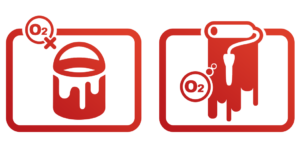
These two distinct mechanisms account for the contrasting behaviour of paints in a sealed tin and on a wall.
How does paint dry?
As the paint dries, a film is formed which adheres to the surface of the material to which it is being applied.
Emulsion paints dry by a physical process involving the evaporation of water followed by coalescence of the polymer droplets and their subsequent integration into a hard polymer matrix that acts as a binder for the pigment.
On applying gloss paints, the alkyd polymer cross-links by an oxidation reaction with oxygen in the air once the solvent has largely evaporated. This reaction is accelerated using salts of transition metals (for example, cobalt and manganese naphthenates). The transition metal ion (with variable oxidation state) catalyses cross linking of the polymer chains, producing a hard surface film to the paint.

How does gloss paint dry?
The binder or film former in gloss paint is called an alkyd resin. … When the solvent evaporates, the oxygen of the air interacts with the resin which results in the formation of cross links between the polymer molecules and produces a strong, dry film.
How long does it take for latex paint to dry?
How long does latex paint take to dry between coats? The majority of latex paints when applied at room temperature will be dry set-to-touch within one hour or less and may be recoated within four hours. Poor ventilation, low temperatures, thick films and high humidity will increase these times.
How long does it take for latex paint to cure?
A second or third coat can typically be applied within three to five hours. Because latex paint dries on the outside first, it takes at least 14 days for it to cure. If the paint is in an area with bad curing conditions, it could take up to 30 days.
How long does it take for Polycrylic to cure?
At least 3 coats are recommended. If unable to recoat within 1½ hours, wait at least 72 hours then lightly sand and recoat. Polycrylic™ dries to the touch in 30 minutes and can be handled after 1 hour. After final coat, allow 24 hours before normal use.
THE DIFFERENT DRYING STAGES
The ASTM D5895 – 03 and ISO 9117-4:2012identifies different drying time stages

I | Set-to-touch time
The stylus creates a pear- shaped mark at the top of the film. The paint does not flow anymore over the path created by the stylus and reveals the glass substrate.
Evaporation of the solvent or water results in a solidified film that no longer sticks to a finger at a light touch.
II | Tack-free time
The continuous track in the film ceases and the stylus starts to tear the film or leave a sharp edged or scruffy track.
Note: Coatings such as polyurethanes or two component epoxies may form a different butterfly- or kite shaped pattern here.
A tack-free condition is reached, light objects placed on the paint film will not stick.
III | Dry-through time
The stylus rides on the surface of the paint film and leaves no visual marks on the surface.
The paint film is not displaced or marked by pinching a coated panel between forefinger and thumb with a string force
IV | Dry-hard time
The stylus has risen out of the film and rides on the top. It leaves a small mark without damaging the body of the film.
The paint film is not displaced or marked by pinching a coated panel between forefinger and thumb with a medium force.
Additional Details
Operating Temperature
-20°C to 70°C / -4°F to 158°F (non-condensing)
Drying Time Range
1 Min – 200 Hours
Time Accuracy
< 1% Of Set Time
Maximum Track Length
300 mm
Maximum Number of Tracks
6
Diameter Needle
2 mm
Radius Needle
1 mm
Glass Beds
2 x triple track 305 mm x 100 mm x 3 mm (supplied), or 6 x solo track 305 mm x 25 mm x 3 mm Narrow Glass Bed, or Custom bed, Max dimensions W 200 mm , H 8 mm , L 400 mm
Dimensions
335x400x190 mm / 13.18×15.74×7.48 inch
Mass
9.5 kg / 20.94 lbs
Material
Anodized Aluminium, Glass, Nylon, Powdercoated Steel, Stainless Steel
Power
Universal 24 V DC power adapter
Power Consumption
Max. 40 Watt
Display
128 X 64 Pixels Graphical Lcd, 70 Mm X 40 Mm, White İlluminated, Heated
Languages
English
Input Method
Illuminated tactile navigation button with Triple I function
Profiling an industrial powder coating oven starts right here with the CurveX-3 Oven Logger standard KIT. It contains all necessary items, just add the desired magnetic or clamp-type probes to make the oven logger KIT complete.
TQC-CurveX has 3 different types for different applications. Standard model CurveX-3 is a 6 channel datalogger with a total memory of 250000 measuring points, which is fitted with a large full-colour touchscreen for easy menu-driven operation and quick display of measurement results. CurveX-3 Standard Kit comes complete with isolation box for temperatures up to 300°C, and a heat sink (energy absorber) allowing longer operations inside the oven. Standard isolation box CX2005 allows more than 3 hours operation at 200°C. Optional isolation boxes up to 500°C and also suitable for silicone free applications are also available for different applications.. The oven data tracker is fitted with a large display for easy menu-driven operation and quick display of measurement results. Magnetic or clamp type surface and air temperature probes are available with different cable lenghts.
CurveX-3 Basic is a 4 channel version for 3 surface and 1 air probe applications like Qualicoat tests. Instead of display screen, it is equipped with multi colored indication lights. Its ease of use and affordable price level makes it the ideal job-coaters instrument. By programming the "paint type" by "Ideal Finish" analysis software, it gives you a PASS/FAIL result right after the run, even without connecting the device to the computer. Standard CurveX-3 Basic Kit includes Insulation box, data cable, saoftware and user manual, and logger bracket which is enough for wet paint applications as well as powder coating ovens. However for longer and more frequent runs at higher temperatures which powder coatings requires, it is recommended to have also the optional CX2011 Energy Absorber heat sink.
CurveX-3 Nano is developped specially developed for can coating industry, With its cylindirical form, CurveX-3 Nano travels in the oven through the conveyor together with the cans, and makes up a complete temperature profile. CurveX-3 Nano, has 2 type of end-caps which for both interior or exterior coating process of the cans. While for the cure analysis of the interior can coating, the cylindirical shape end-caps can be used and for testing the exterior can coating line, the CurveX 3 Nano has a special set of end-caps with adjustable fittings. These end-caps allow the data logger to be slided over a pin. Once in place, the position on the pin can be quickly fixed with 2 butterfly bolts. CurveX-3 Nano also has for 4 channels and it is delivered together with 4 Thermocouple wire probes.
Up to 500°C
CurveX has different type of optional isolation box which allows working up to 500°C. Also for applications where silicone contamination is an issue, silicone-free isolation boxes are also available
Calibration Certificate
TQC-CurveX Oven recorders comes with tracable calibration certificates
Conforms Standards
CurveX is designed and produced according to the requirements of coating industries and Qualicoat Standard
Order Id
Description
CX1500
CurveX-3 Oven datalogger standard kit:
- CX1002: CurveX-3 with Ideal Finish software and datacable
- CX2005: Isolation Box 300°C
- CX2011: Energy Absorber
- CX2071: Silicone gasket
- CX2100: Probe identification kit
- CX3060: Carrying Case
- CX3069: USB Charger
- CX1002: CurveX-3 with Ideal Finish software and datacable
- CX2005: Isolation Box 300°C
- CX2011: Energy Absorber
- CX2071: Silicone gasket
- CX2100: Probe identification kit
- CX3060: Carrying Case
- CX3069: USB Charger
CX3010
TQC CurveX 3 Oven datalogger Basic Kit:
- CX3005: CurveX 3 Basic Datalogger CX3005 with Ideal Finish software and datacable.
- CX2005: Isolation Box
- CX2071: Silicone Gasket
- CX3050: Insulation box Logger Bracket
- CX3005: CurveX 3 Basic Datalogger CX3005 with Ideal Finish software and datacable.
- CX2005: Isolation Box
- CX2071: Silicone Gasket
- CX3050: Insulation box Logger Bracket
CX3040
CurveX 3 Nano, Oven data recorder for Can Coatings
Datalogger, Ideal Finish Analysis Software, USB Cable, Carrying Case, 4x Thermocouple wire probes, Set of 25 Self-adhesive attachment pads (T=250°C/482°F)
Datalogger, Ideal Finish Analysis Software, USB Cable, Carrying Case, 4x Thermocouple wire probes, Set of 25 Self-adhesive attachment pads (T=250°C/482°F)
CX1006
6 channel add-on pack for CurveX-3 datalogger
CX2011
Energy Absorber Heat Sink for CurveX-3 and CurveX-3 Basic, suitable for CX2002, CX2005 isolation boxes
CX2013
Energy Absorber Heat Sink for CurveX-3 + CX1006 "Add-on" pack, suitable for CX2002, CX2005 isolation boxes
CX2012
"Additional" Energy Absorber Heat Sink for CurveX-3 and CurveX-3 Basic, suitable for CX2002 isolation box
CX2020
Clamp Type Air Temperature Probe; 150cm, Range: 0 - 300°C Max. object thickness: 20mm
CX2021
Clamp Type Air Temperature Probe; 300cm, Range: 0 - 300°C Max. object thickness: 20mm
CX2022
Clamp Type Air Temperature Probe; 500cm, Range: 0 - 300°C Max. object thickness: 20mm
CX2030
Clamp Type Surface Temperature Probe; 150cm, Range: 0 - 300°C Max. object thickness: 20mm
CX2040
Clamp Type Surface Temperature Probe; 300cm, Range: 0 - 300°C Max. object thickness: 20mm
CX2041
Clamp Type Surface Temperature Probe; 500cm, Range: 0 - 300°C Max. object thickness: 20mm
CX2050
Magnetic Type Surface Temperature Probe; 150cm, Range: 0 - 300°C Magnet diameter: 14mm
CX2060
Magnetic Type Surface Temperature Probe; 300cm, Range: 0 - 300°C Magnet diameter: 14mm
CX2062
Magnetic Type Surface Temperature Probe; 500cm, Range: 0 - 300°C Magnet diameter: 14mm
CX2068
Magnetic Type Air Temperature Probe; 300cm, Range: 0 - 300°C Magnet diameter: 14mm
CX2069
Magnetic Type Air Temperature Probe; 150cm, Range: 0 - 300°C Magnet diameter: 14mm
CX2073
Magnetic Type Air Temperature Probe; 500cm, Range: 0 - 300°C Magnet diameter: 14mm



